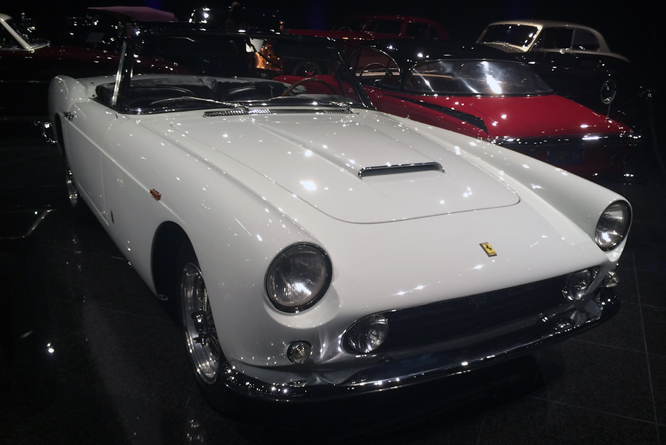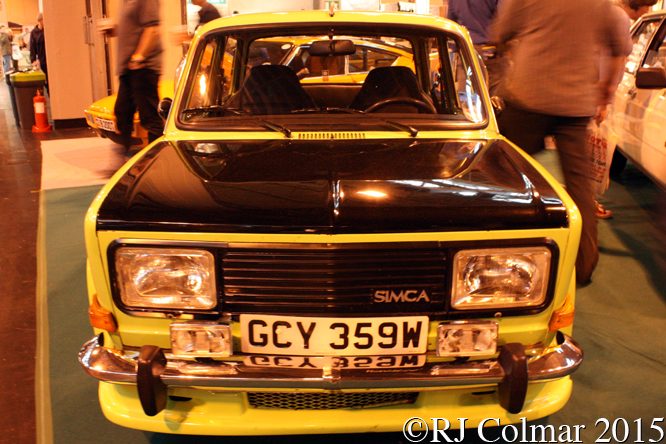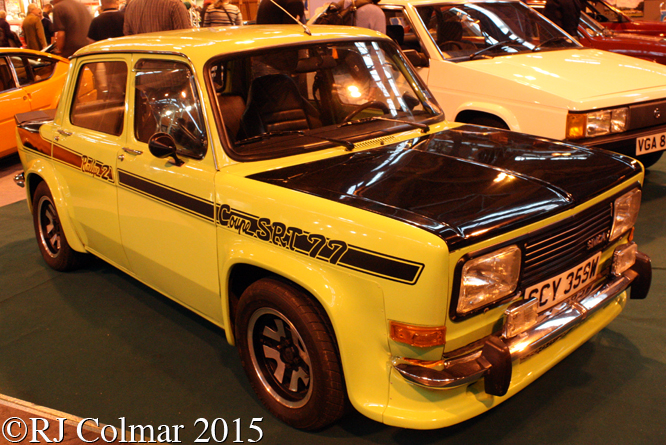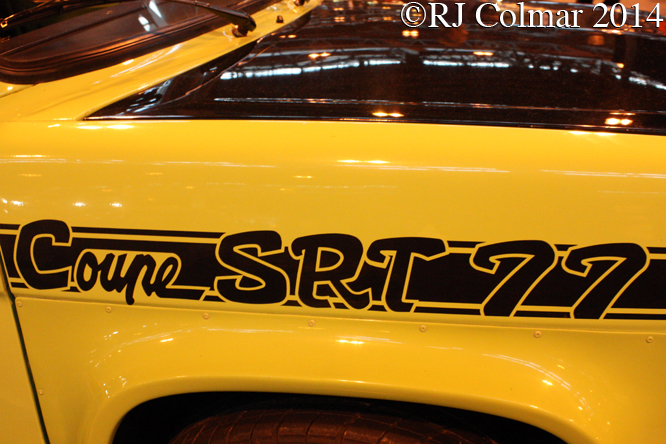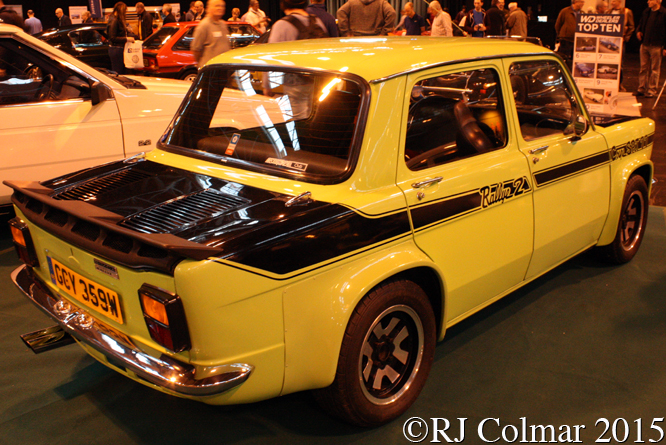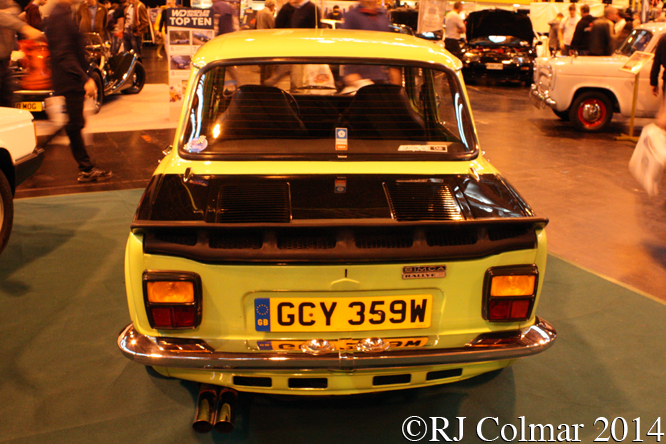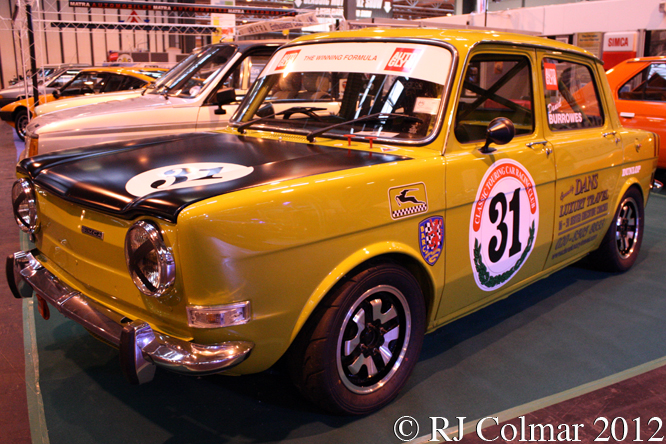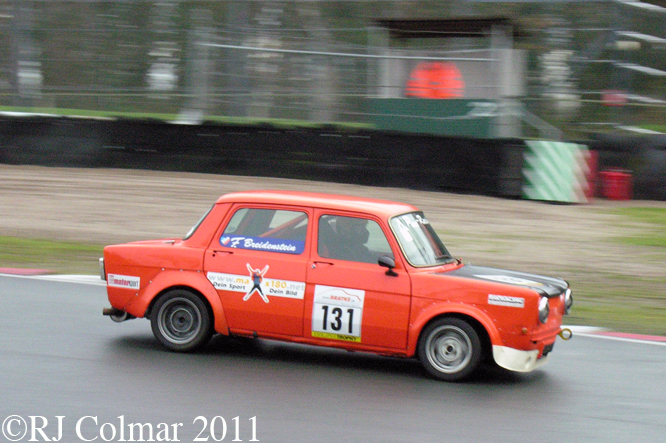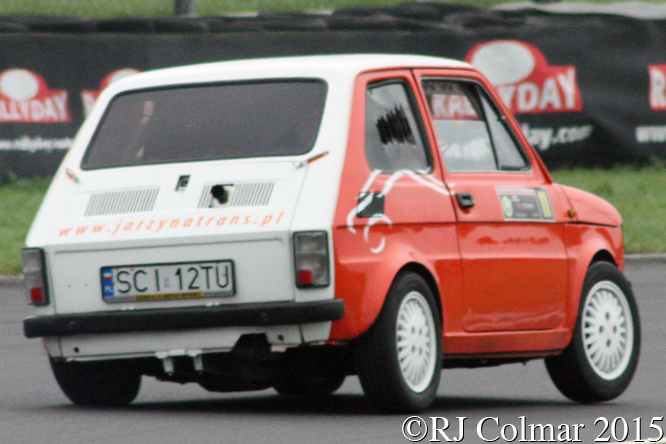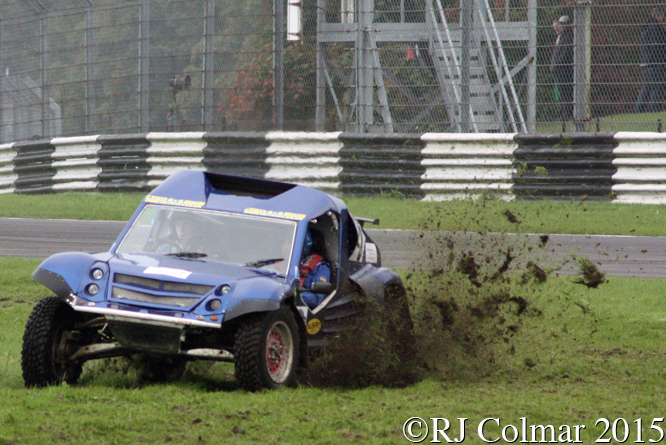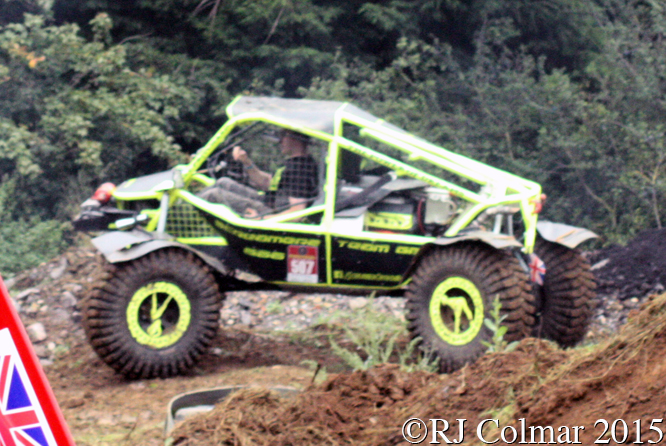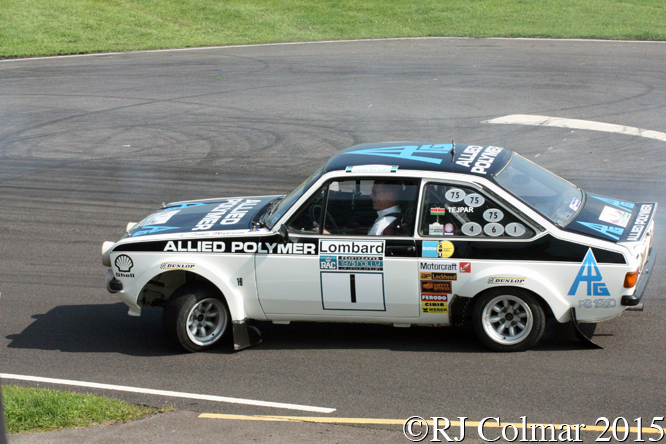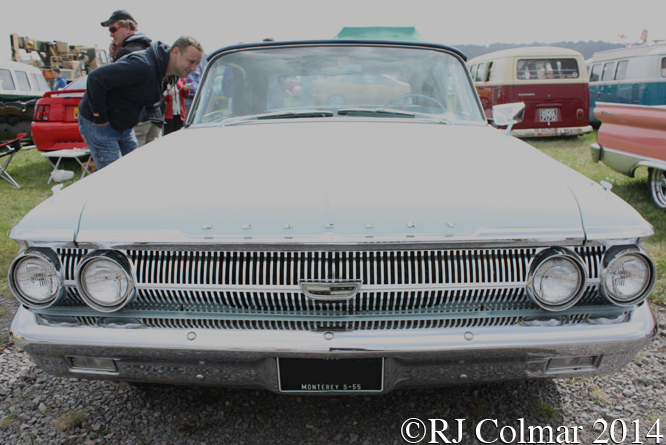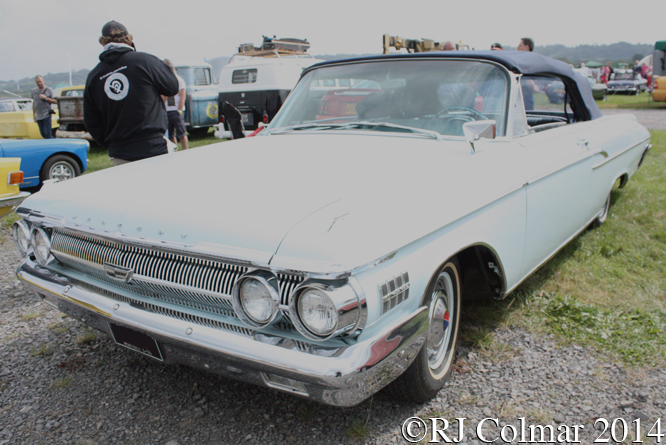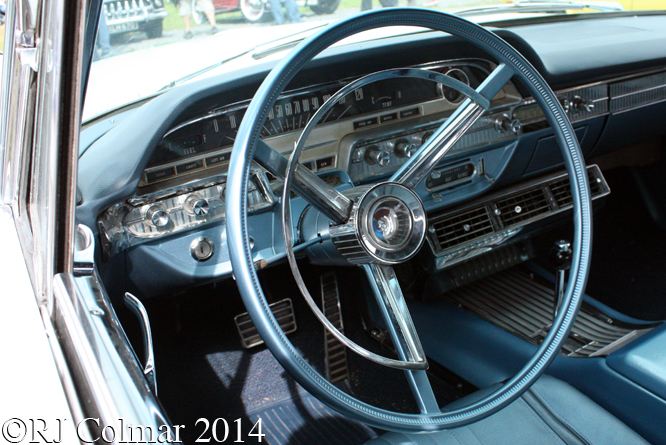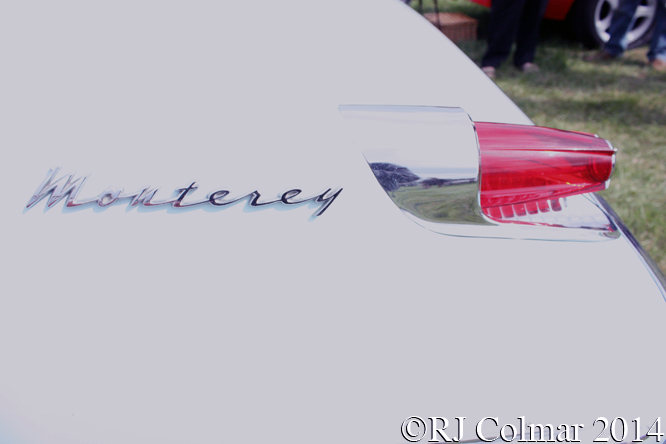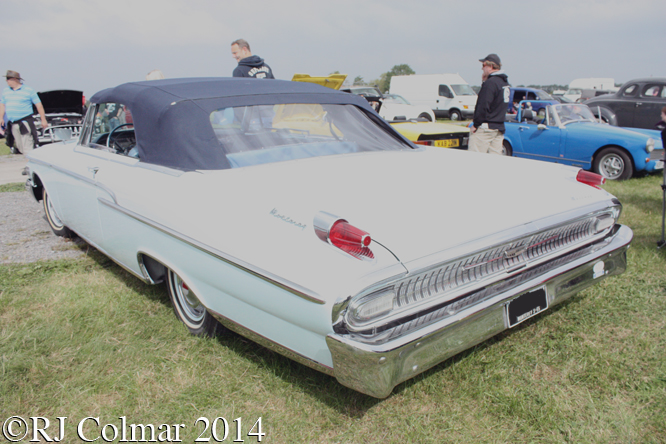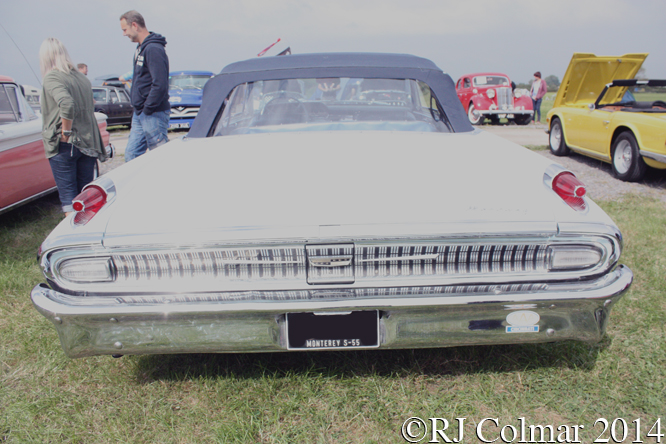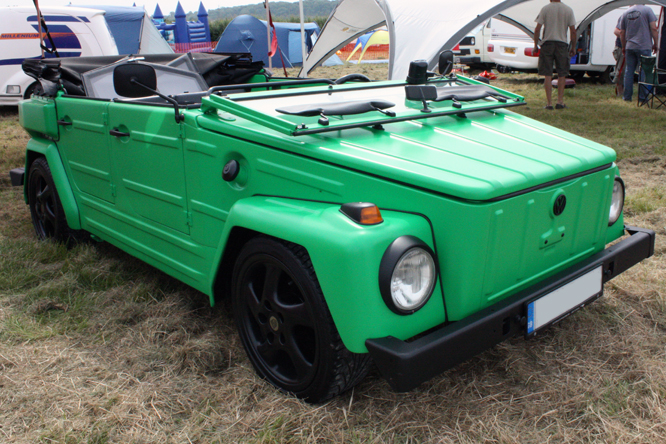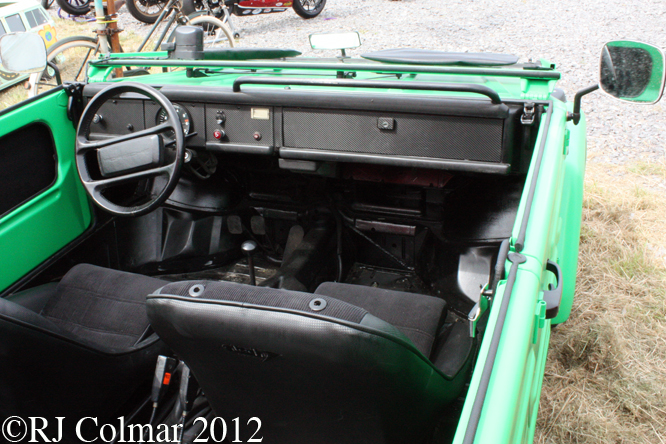Today’s featured FIAT 128 1100 2 Door Saloon was first registered in the UK between 1st of August 1970 and the 31st of July 1971 we know this because of the ‘J’ suffix in the registration number, the 2nd and third letters CJ tell us that the car was first registered in the Norwich area about 100 miles North East of London.
In the Spring of 1978 my Grandmother came over to London from Germany and kindly gave me a small sum of cash to buy my first car.
My idea was to spend it on a cheap to run and insure Citroën 2CV which I knew from a friends experience had no go, but was great fun getting there all the same.
My civil engineer Dad had other idea’s, he did not want his one and only to be at risk driving a French tin can on wheels and promised to pay the insurance if I bought something a little more substantial.
I suggested a FIAT 124 like the one I had learned to drive in Zambia, but eventually settled for the front wheel drive 128 seen below which had made it’s way down from Norwich to Uxbridge.
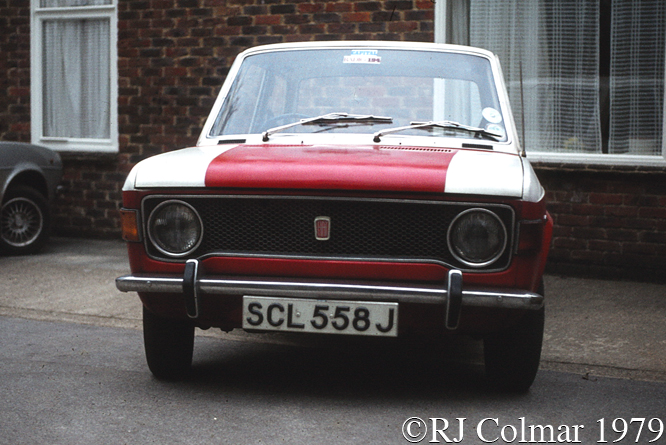
The car was originally maroon, a scrape against a fence post was all the excuse I needed to invest heavily in body filler and spray paint to end up with the refrigerator white and bright red paint job seen above.
With hindsight it is amazing my lungs survived two days locked up in a tiny garage with 10 tins of spray paint and little if anything in the way of fume protection.
In case you are wondering I was trying to make the car look something like Niki Lauda’s 1976 Ferrari 312T2, with more time and perhaps a spot of green paint I am sure I would have got there… eventually !
All though the car had half an areal it did not come with a radio or speakers, so an old radio compact cassette combination system served as my ICE, in car entertainment.
Among the many excursions I made in the car I visited Silverstone for the 1978 USAC race won by AJ Foyt, 1979 Six Hour Race won by John Fitzpatrick, Hans Heyer and Brilliant Bob Wollek driving a Gelo Porsche 935 and the 1979 British Grand Prix won by Clay Regazzoni driving a Williams FW07.
Then there was Reading Rock ’79 where Mike and the mechanics with both Phil Collins and Peter Gabriel on stage, The Cure, Molly Hatchet, Motörhead, Scorpions, Eurythmics, the Police and DJ John Peel kept us entertained for my first weekend of unadulterated debauchery, it was so bad I could not remember my own phone number on the way home and finally Knebworth Park for the second of the two Led Zepplin gigs.
The following spring I was hoping to do more of the same, but although the car passed it’s MOT it started falling to bit’s after I gently parked it up a kerb outside a friends flat in Earls Court.
Later that evening I was visiting another friend down in Haselmere when strange noises started coming out of the front of the car, the suspension was collapsing.
I took it to a garage and they showed me that the frame to which the suspension arms were mounted was completely rotten and they advised me this was true on the other side and rather than bodge a repair I’d be better off spending the money on another car, reluctantly I agreed.
Thanks for joining me on this “Rebel Without A Clue” edition of “Gettin’ a li’l psycho on tyres” I hope you will join me again tomorrow when I’ll be looking at the last of the current Saturday series of GN Specials. Don’t forget to come back now !


